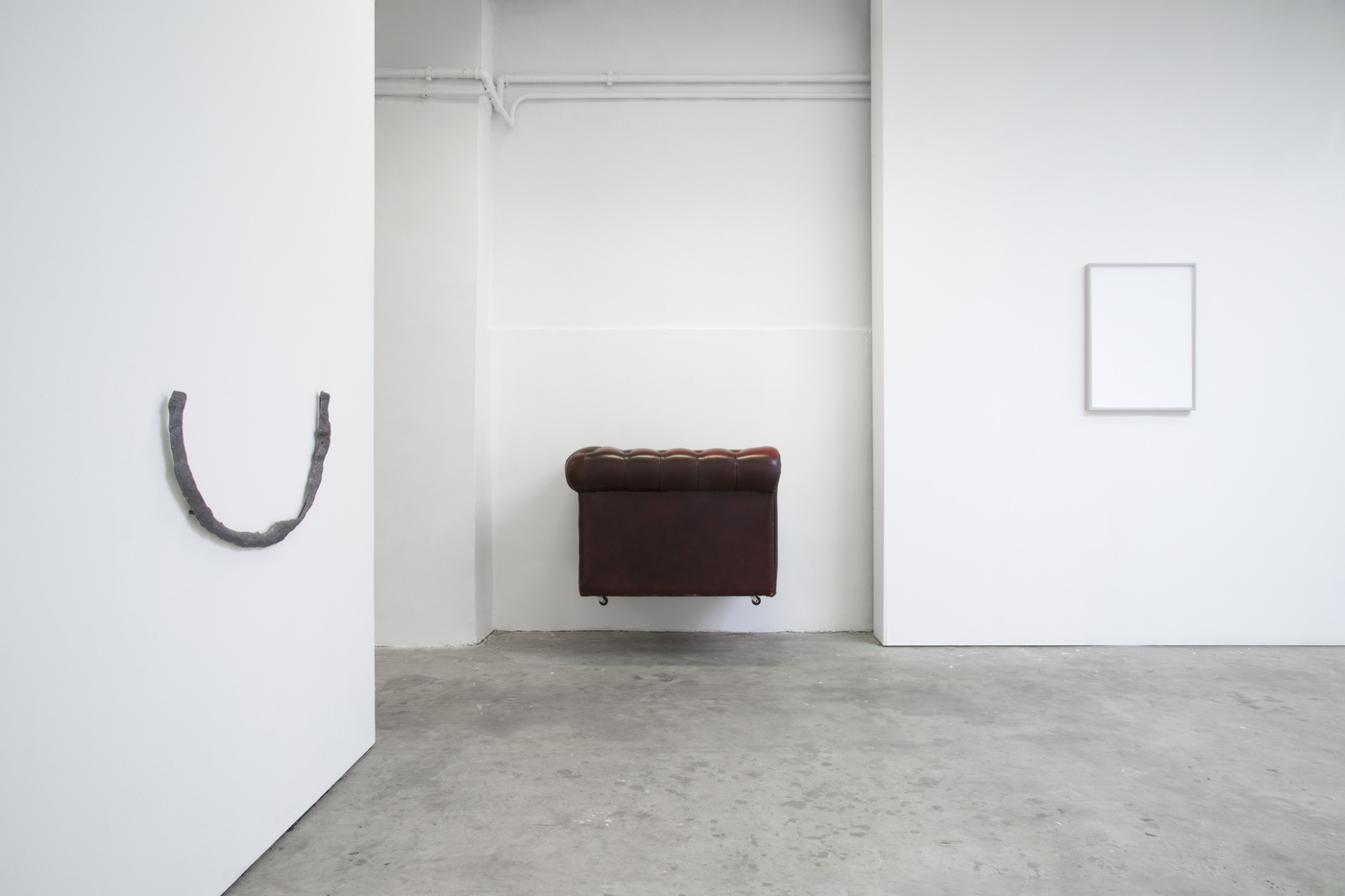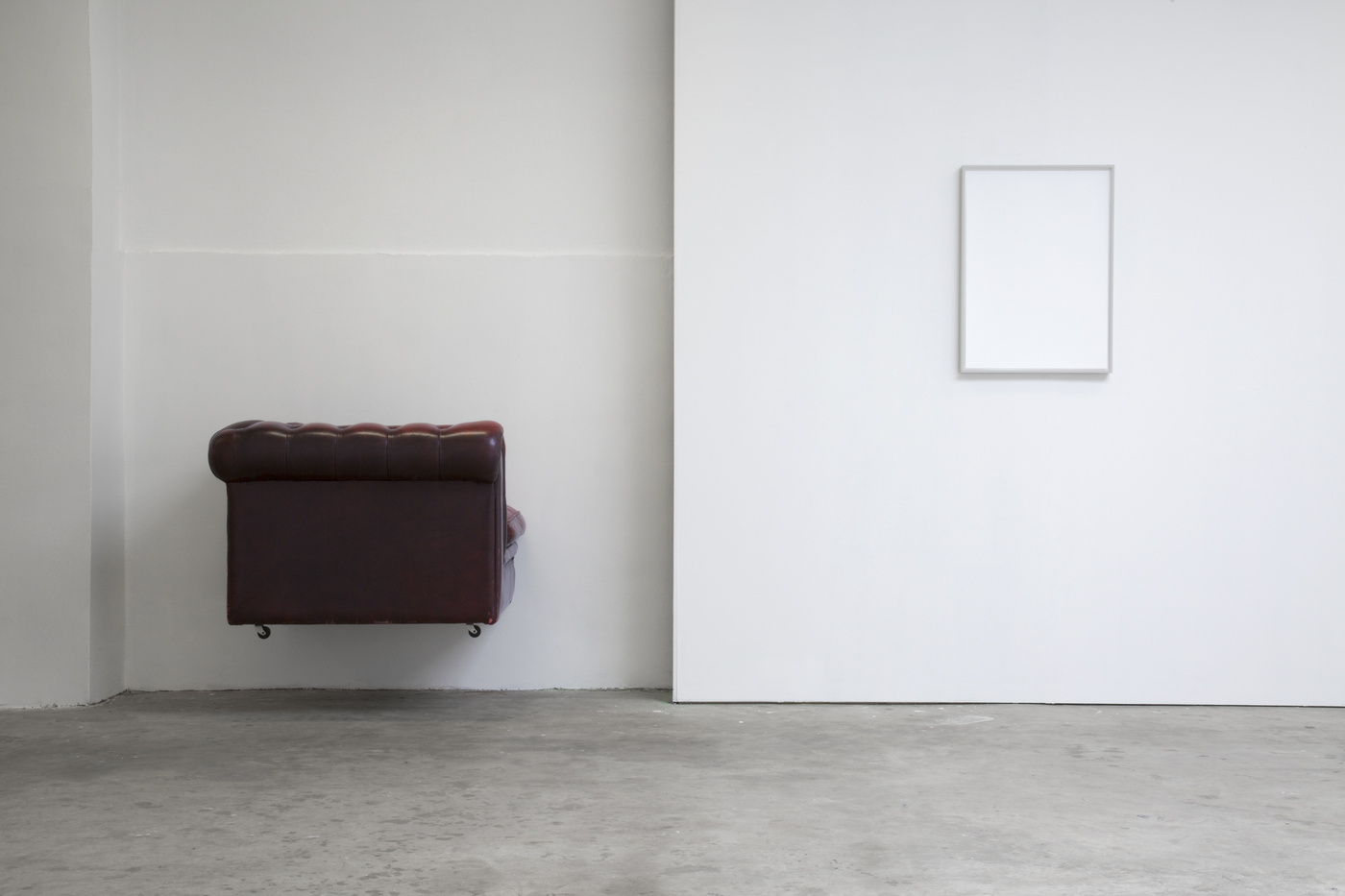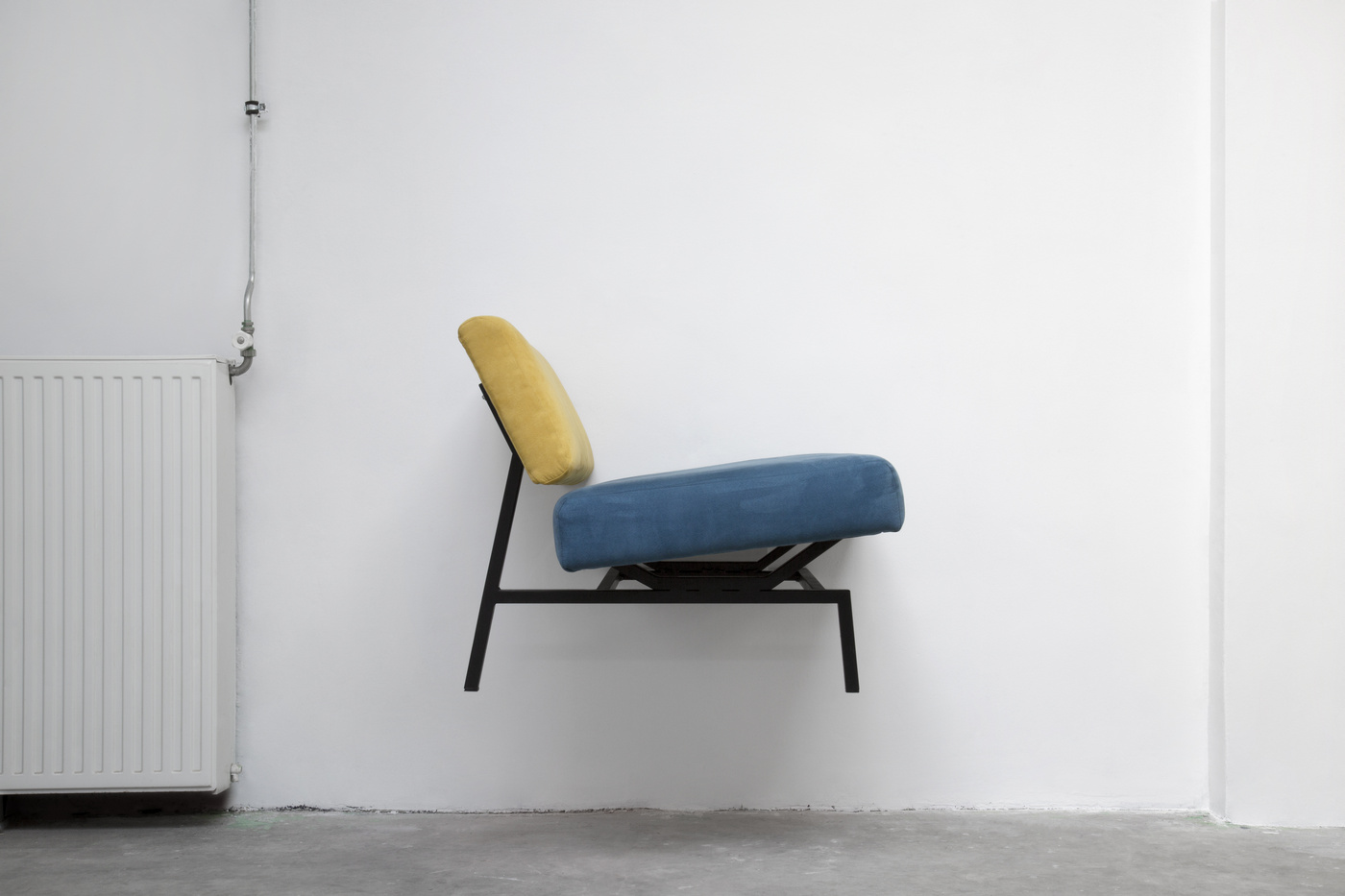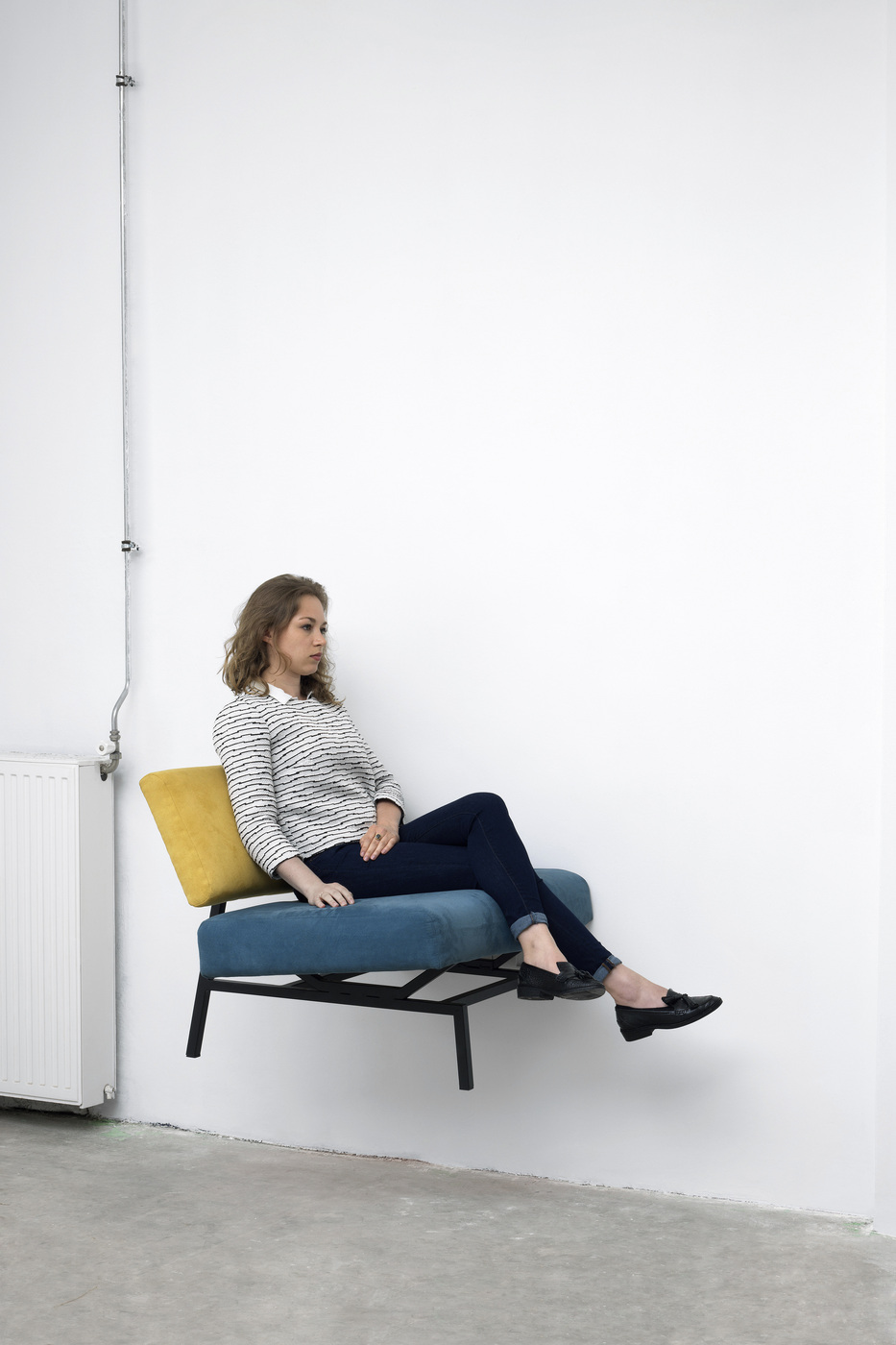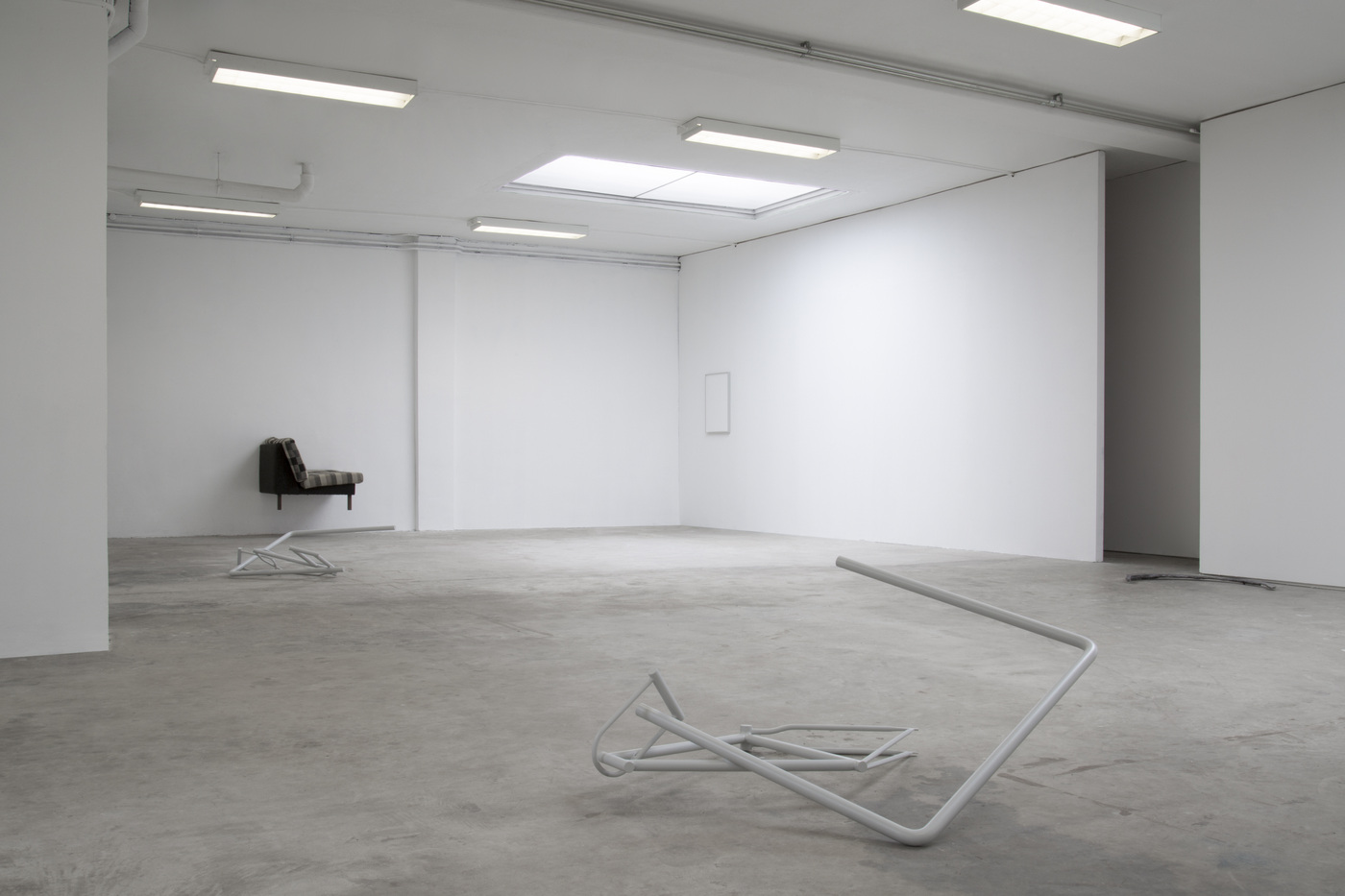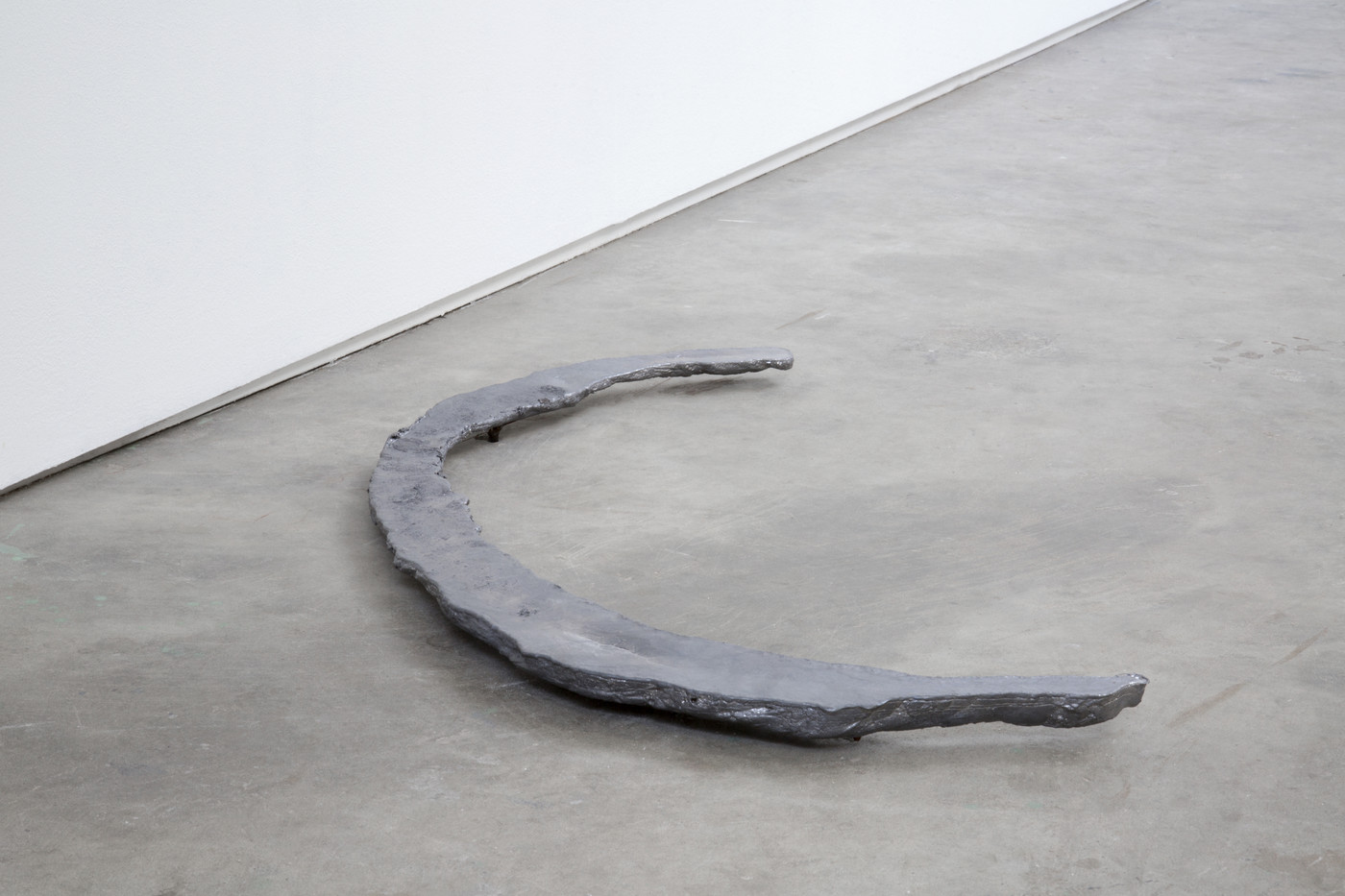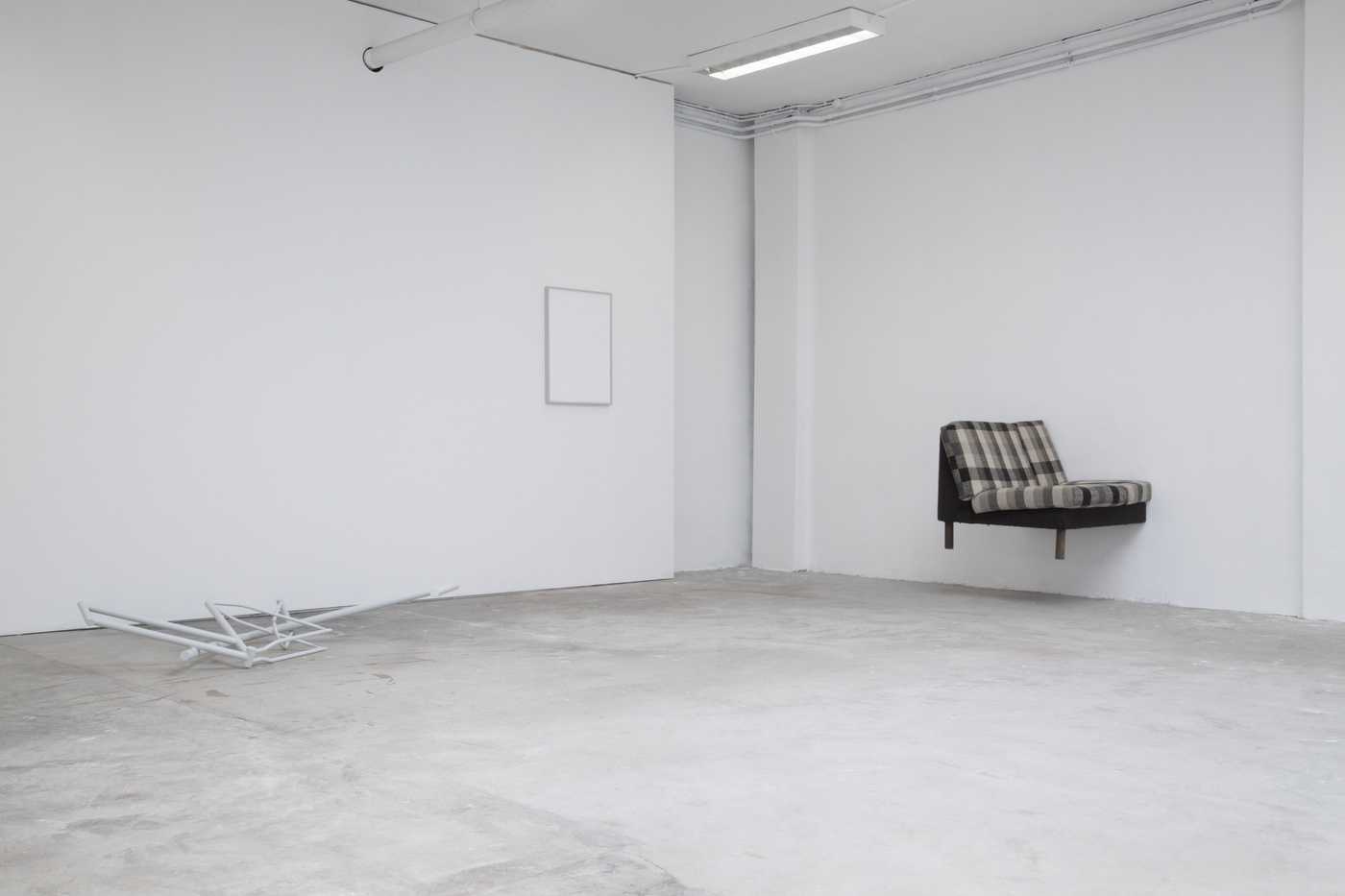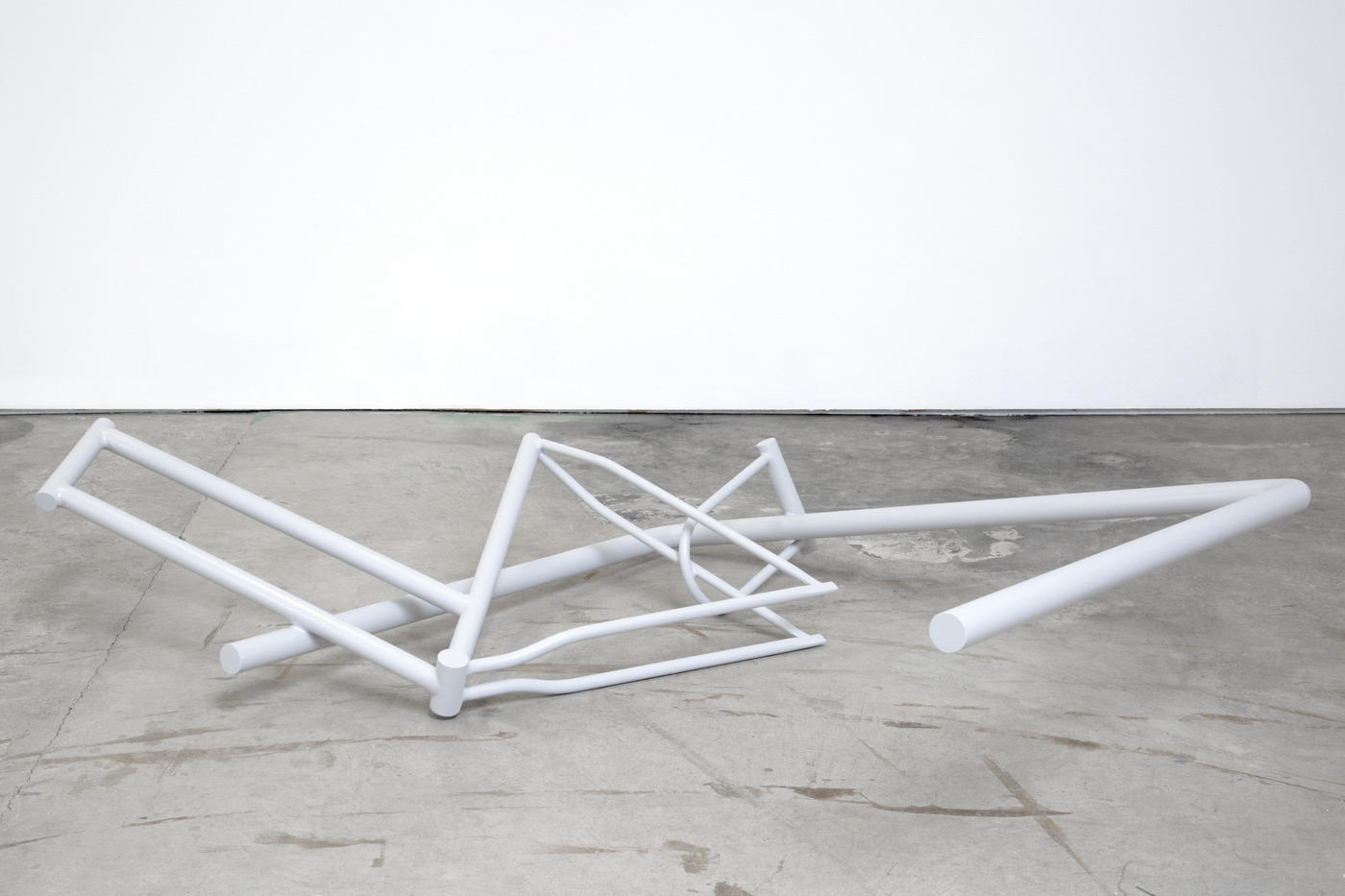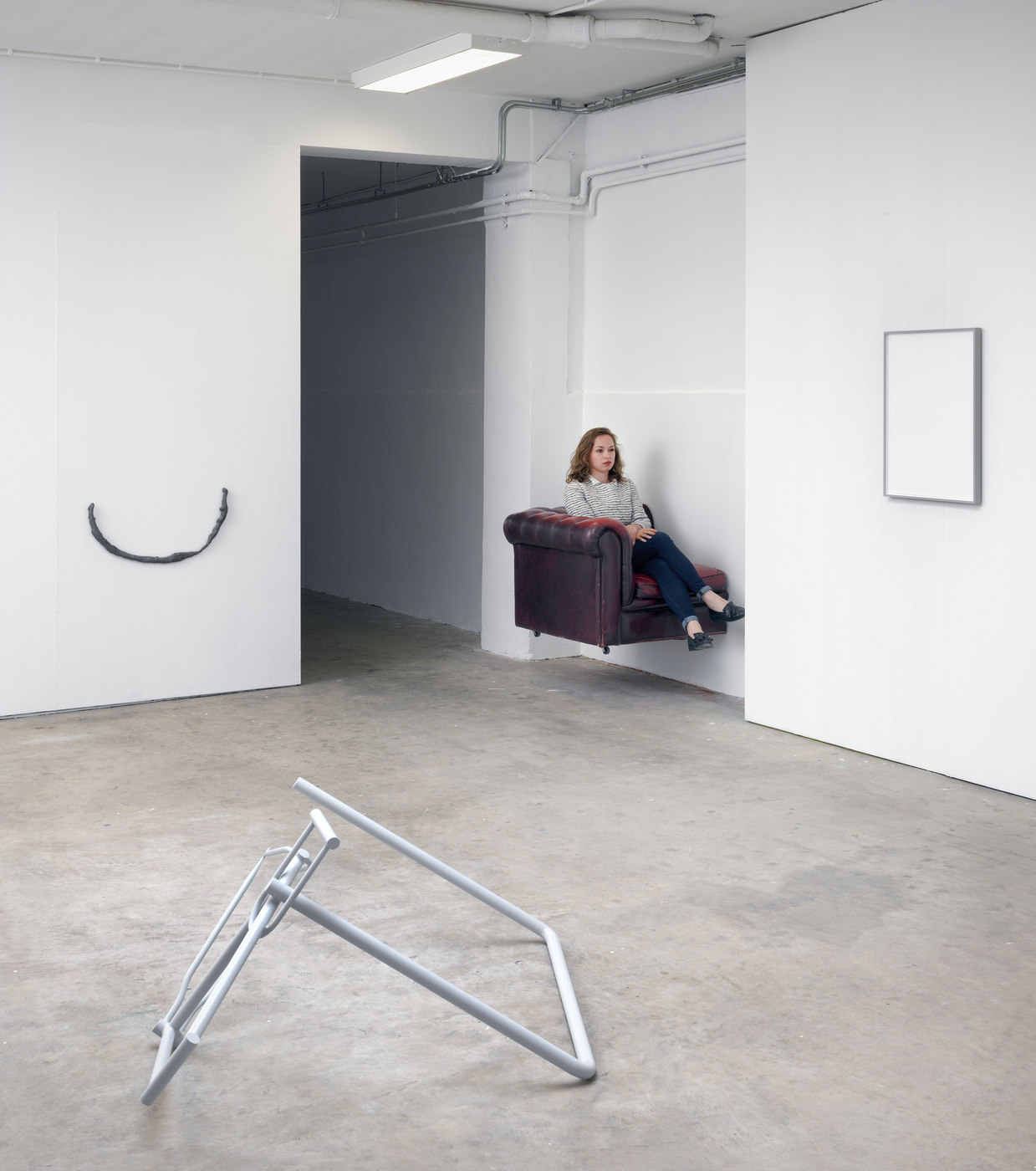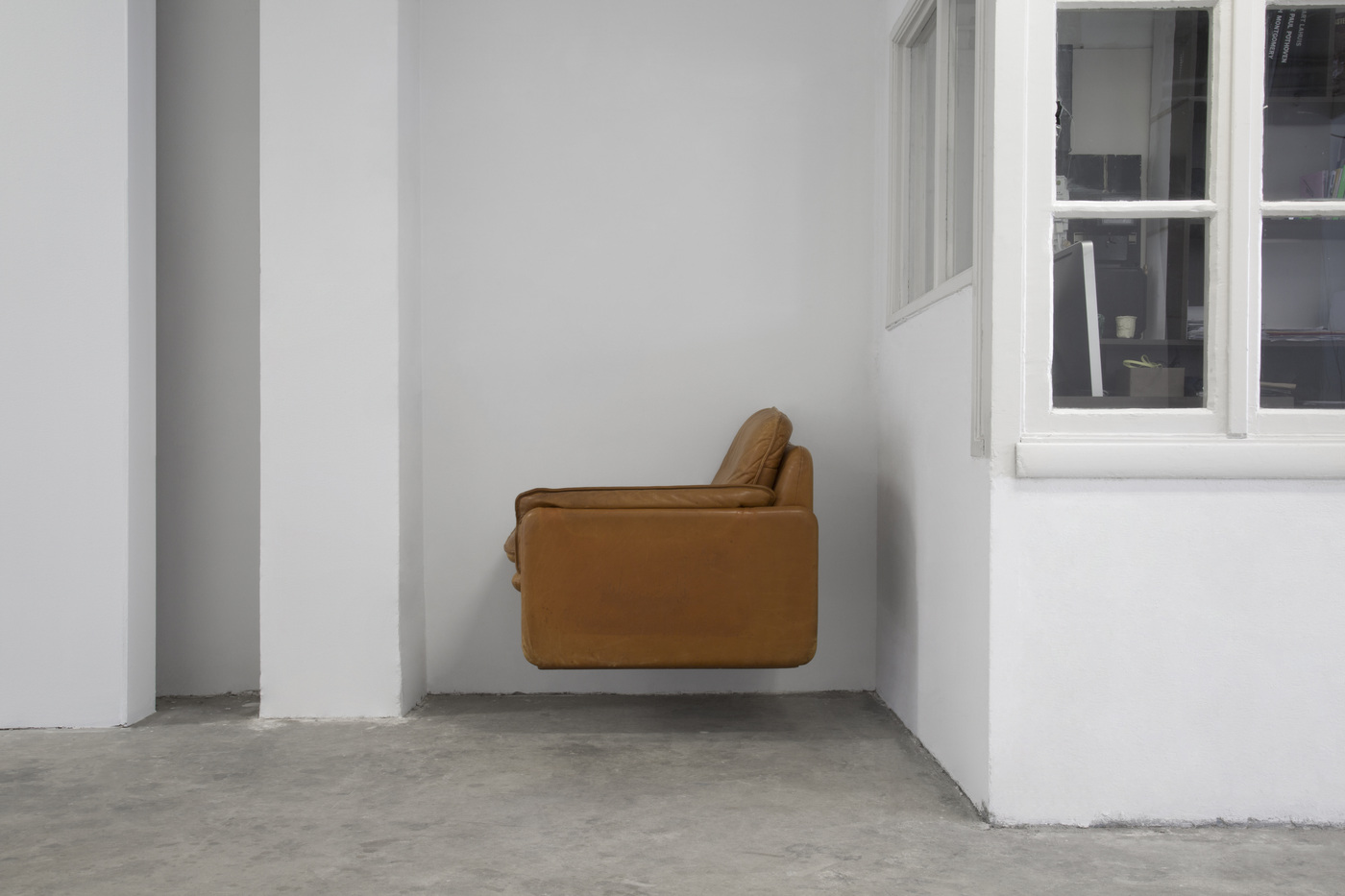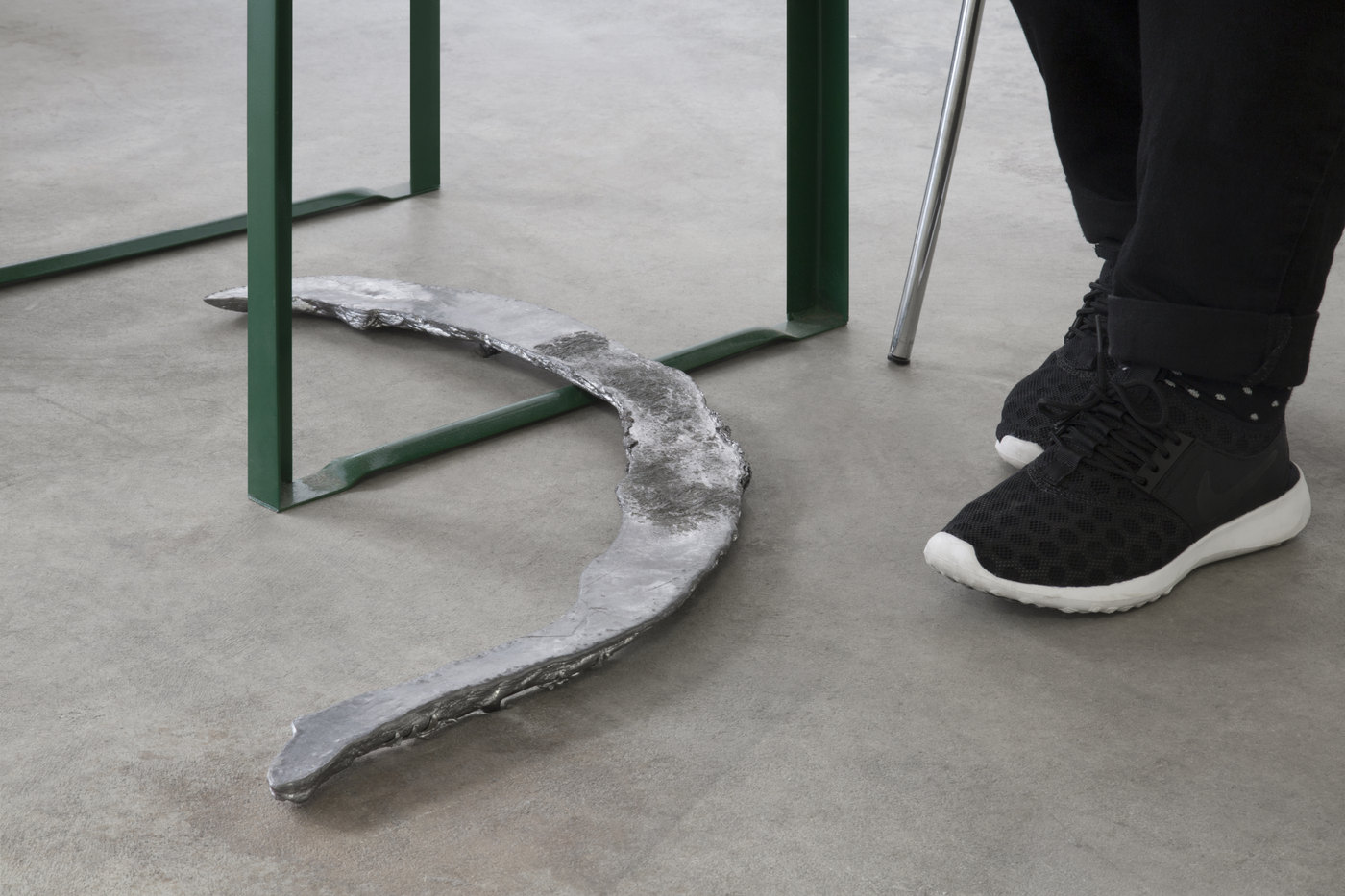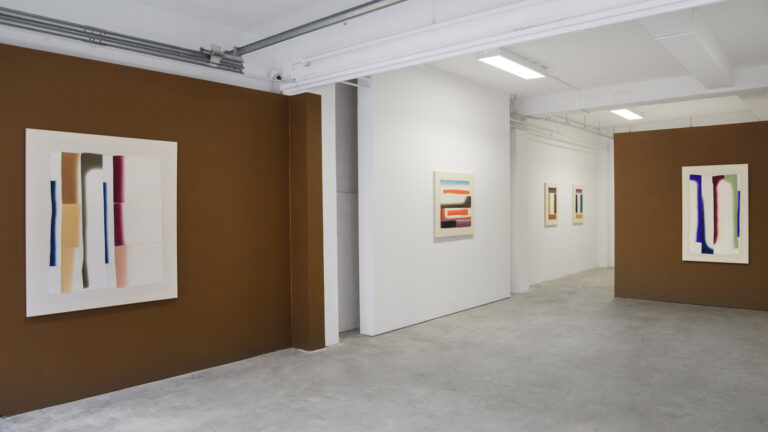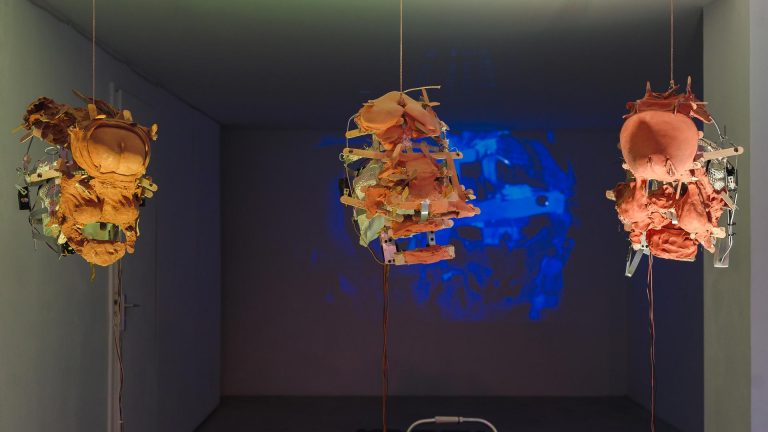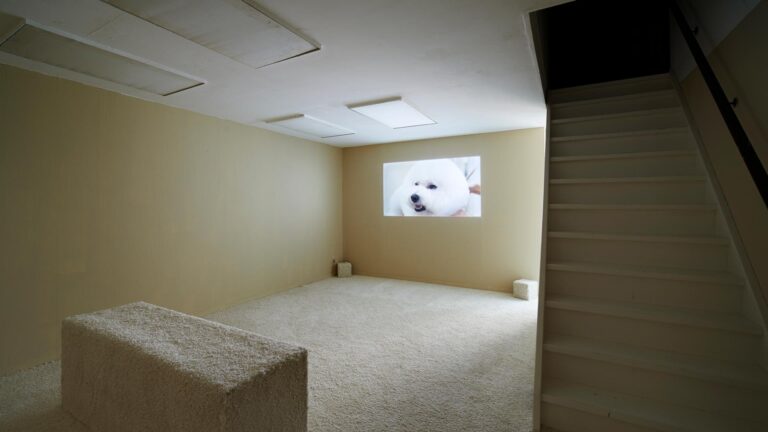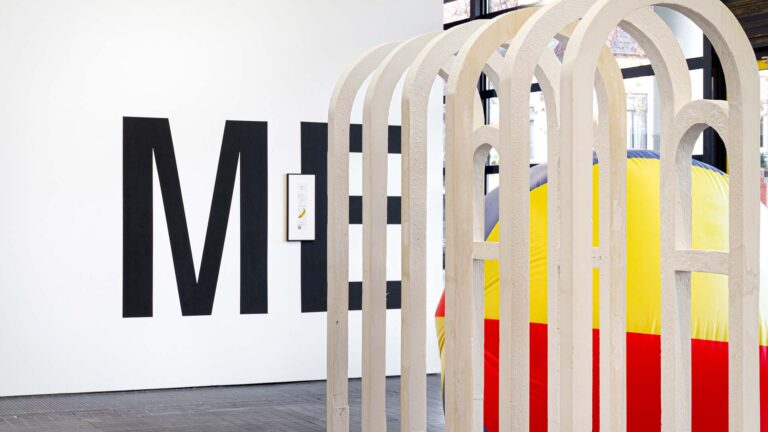Artist: Alex Farrar
Exhibition title: Secondary Emotions (ii)
Venue: Dürst Britt & Mayhew, The Hague, The Netherlands
Date: May 21 – July 9, 2016
Photography: all images copyright and courtesy of the artist and Dürst Britt & Mayhew
Note: interview between Alex Farrar and Pádraic E. Moore can be found here
Broadly speaking one can argue that Alex Farrar‘s practice concerns itself with biological remnants and dislocation. The biological remnants in question can be as commonplace as pieces of nails and eyelashes found in his studio. These human traces dislocated themselves from their original source and found an apparent end point in a certain space. This specific space however did not allow for natural perishment, as Farrar takes notice of the smallest particles surrounding him.
These smallest particles are not harmless though; an eyelash can irritate the hell out of you when stuck in your eye, nails can inflict even more pain. We nevertheless do not pay much attention to these crescent forms once they are dislocated from the body. A crescent moon is much more romantic to look at.
And what about the crescent forms of our buttocks that leave their imprint on all the couches we sit on throughout our lives. Various forms sit next to each other, enjoying the comfort this furniture provides us with. Sharing thoughts, emotions, touch. Bodies are barrels of memories, but so are the couches on which we allow our buttocks to lower themselves.
Farrar presents us with a clear cut by slicing various couches through the middle, divorcing the conversations and relationships that once went on. The parts are not lost though, only dislocated. One part is in the gallery space, the other part may reside in the artist’s studio, a different exhibition space or a collector’s home. The works may be deemed a celebration of long distance relationships, communication and keeping in touch across all the boundaries that life throws at us.
The same may be said about Farrar’s more abstract sculptures, which are based on abandoned bicycles encountered in city streets all over the world. Their skeletal forms speak of traveling distances, of the eternal effort of bridging boundaries and of beautiful human failure.








